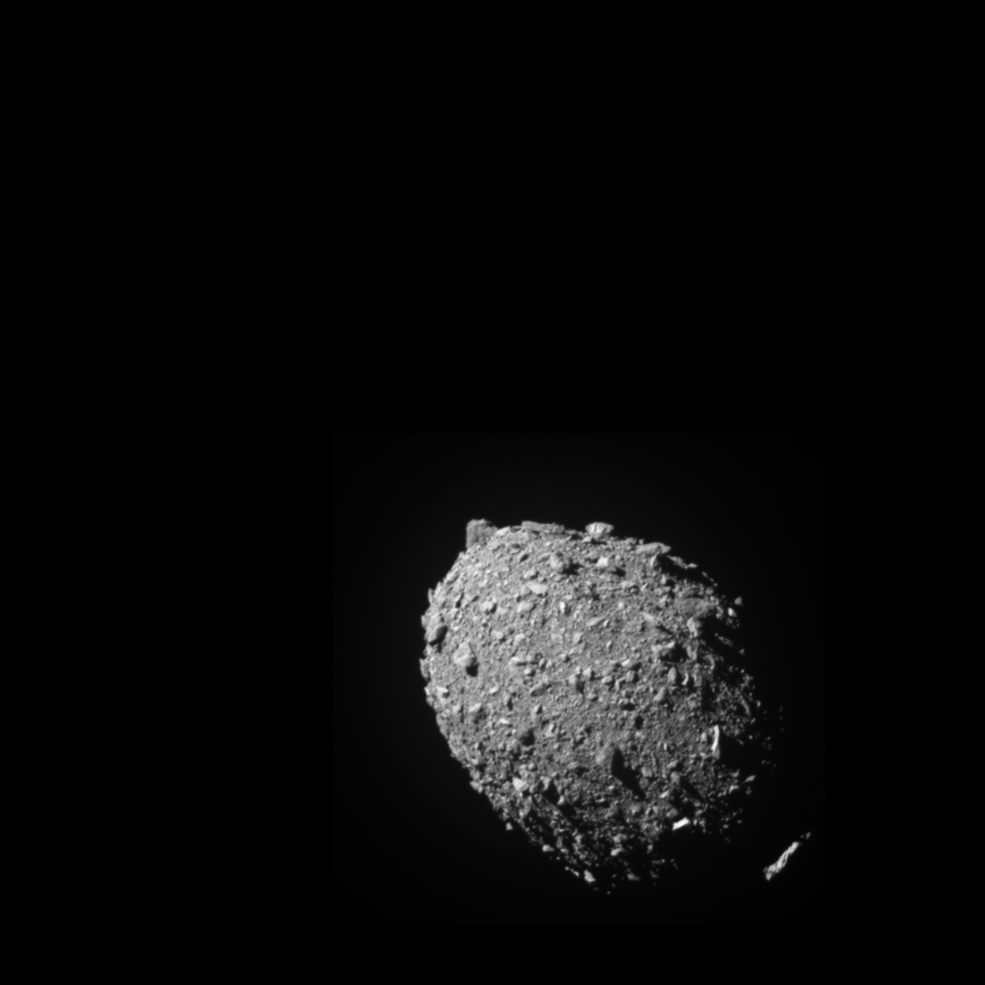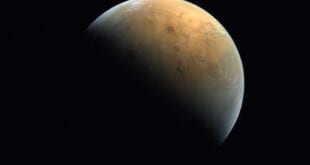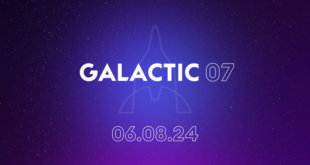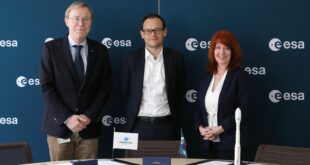
Edinburgh, 13 October 2022. – NASA has concluded after careful analysis of data obtained over the past two weeks that the Double Asteroid Redirection Test (DART) mission was successful in altering Dimorphos’ orbit. DART was the first mission to purposely change the motion of a celestial object, demonstrating the planet’s asteroid deflection technology.
Before collision with the kinetic impactor, Dimorphos had an orbital period of 11 hours and 55 minutes around its parent asteroid, Didymos. After the intentional collision, astronomers measured how this orbital period changed. Earth-based telescopes have now confirmed that the impact altered Dimorphos’ orbit by 32 minutes, shortening it to 11 hours and 23 minutes.
Scientists are turning their focus on further analysis of the ejecta produced by the 22,530-kph collision. The sudden spring of asteroidal rock debris enhanced DART’s push against Dimorphos. Understanding the full effect of the blast requires information of the asteroid’s physical properties, which are still under investigation.
In about four years, the European Space Agency’s Hera project will conduct detailed surveys of both Dimorphos and Didymos, NASA said. The mission will have a particular focus on the crater left by DART while also measuring Dimorphos’ mass.
NASA emphasised that neither Dimorphos nor Didymos poses any hazard to Earth before or after the DART mission.
 SpaceWatch.Global An independent perspective on space
SpaceWatch.Global An independent perspective on space




